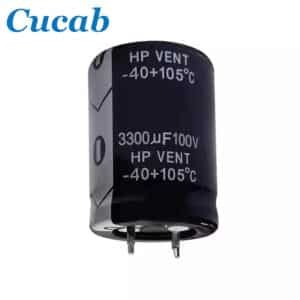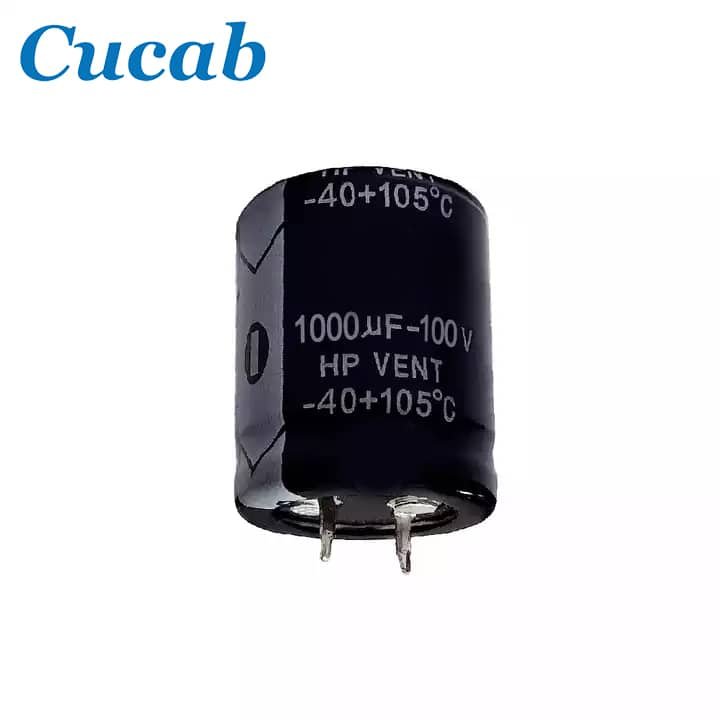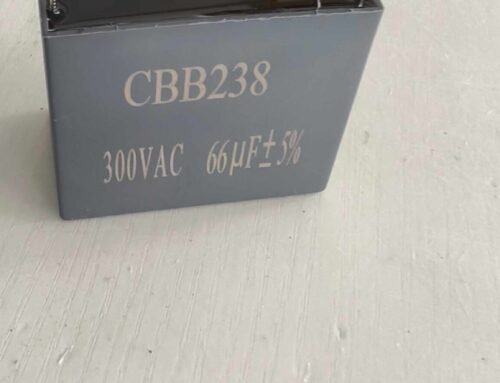I. Ceramic dielectric capacitor (CC)
1.Structure
Ceramic material is used as dielectric, and a layer of metal (silver) film is coated on the surface of ceramic, and then sintered at high temperature as electrode. Ceramic dielectric capacitors are divided into 1 type of dielectric (NPO, CCG); 2 type of dielectric (X7R, 2X1) and 3 type of dielectric (Y5V, 2F4) ceramic dielectric capacitors.
2. Characteristics
Class 1 porcelain dielectric capacitors have the advantages of small temperature coefficient, high stability, low loss and high voltage withstand. The maximum capacity does not exceed 1,000 pF, and the commonly used ones are CC1, CC2, CC18A, CC11, CCG, etc. Class 2 and 3 dielectric capacitors are characterized by high material dielectric coefficient, large capacity (up to 0.47 μF), small volume, loss and poor insulation performance compared with those of class 1.
3. Applications
Class 1 capacitors are mainly used in high frequency circuits. 2 and 3 capacitors are widely used in medium and low frequency circuits as capacitors for isolation, coupling, bypass and filtering. The commonly used ones are CT1, CT2, CT3 and other series.
II. Polyester capacitor (CL)
1.Structure
Polyester capacitor is a non-polar capacitor with positive temperature coefficient (i.e., the capacitance becomes larger when the temperature rises) made of polarized polyester film as dielectric.
2.Advantages
High temperature resistance, high voltage resistance, humidity resistance, and low price.
3.Application
Generally used in medium and low frequency circuits. Commonly used models are CL11, CL21 and other series.
C. Polystyrene capacitor (CB)
1.Structure
There are two types: foil type and metalized type.

1000uf 400v 전해 커패시터




